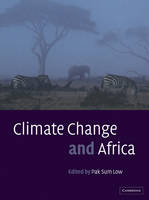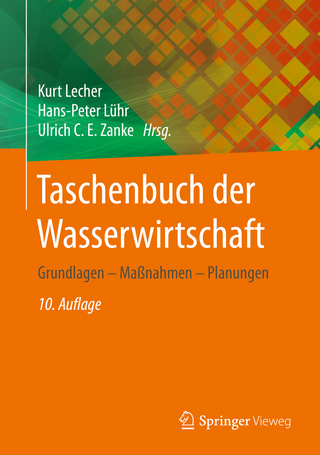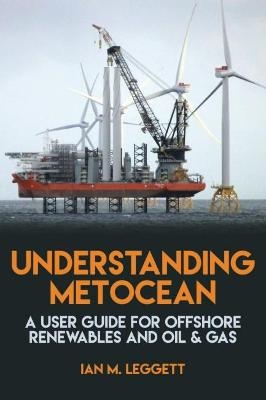
Climate Change and Africa
Cambridge University Press (Verlag)
978-0-521-02995-7 (ISBN)
At the beginning of the twenty-first century, no environmental issue is of such truly global magnitude as the issue of climate change. The poorer, developing countries are the least equipped to adapt to the potential effects of climate change, although most of them have played an insignificant role in causing it. African countries are amongst the poorest of the developing countries. This book presents the issues of most relevance to Africa, such as past and present climate, desertification, biomass burning and its implications for atmospheric chemistry and climate, energy generation, sea-level rise, ENSO-induced drought and flood, adaptation, disaster risk reduction, the UNFCCC and Kyoto Protocol (especially the Clean Development Mechanism), capacity-building, and sustainable development. It provides a comprehensive and up-to-date review of these and many other issues, with chapters by the leading experts from a range of disciplines. Climate Change and Africa will prove to be an invaluable reference for all researchers and policy makers with an interest in climate change and Africa.
Notes on contributors; Peer reviewers; Editor's note; Forewords; Prefaces; Part I. Science: 1. Holocene climatic, hydrological and environmental oscillations in the tropics with special reference to Africa; 2. The relative importance of the different forcings on the environment in Ethiopia during the Holocene; 3. Global warming and African climate change: a reassessment; 4. Interactions of desertification and climate in Africa; 5. Africa's climate observed: perspectives on monitoring and management of floods, drought, and desertification; 6. Atmospheric chemistry in the tropics; 7. Natural and human-induced biomass burning in Africa: an important source for volatile organic compounds in the troposphere; 8. Biomass burning in Africa: role in atmospheric change and opportunities for emission mitigation; 9. Soil micro-organisms as controllers of trace gas emissions over southern Africa; Part II. Sustainable Energy Development, Mitigation and Policy: 10. Biomass energy in sub-Saharan Africa; 11. Natural resources: population growth and sustainable development in Africa; 12. Sustainable energy development and the Clean Development Mechanism: African priorities; 13. Opportunities for clean energy in the SADC under the UNFCCC: the case for the electricity and transport sectors; 14. Regional approaches to global climate change policy in sub-Saharan Africa; 15. Energy for development: solar home systems in Africa and global carbon emissions; 16. Climate change in sub-Saharan Africa: assumptions, realities and future investments; 17. Climate-friendly energy policies for Egypt's sustainable development; Part III. Vulnerability and Adaptation: 18. Potential impacts of sea-level rise on populations and agriculture; 19. Sea-level rise and coastal biodiversity in West Africa: a case study from Ghana; 20. The impacts of ENSO in Africa; 21. Climate policy implications of the recent ENSO events in a small island context; 22. El Niño causes dramatic outbreak of Paederus dermatitis in East Africa; 23. The role of indigenous plants in household adaptation to climate change: the Kenyan experience; 24. Requirements for integrated assessment modeling at the regional and national levels in Africa to address climate change; 25. Climate and disaster risk reduction in Africa; Part IV. Capacity-Building: 26. Climate change mitigation analysis in southern African countries: capacity enhancement in Botswana, Tanzania and Zambia; 27. Capacity-building initiatives to implement the climate change convention in Africa; 28. Education and public awareness: foundations of energy efficiency; Part V. Lessons from the Montreal Protocol: 29. Lessons for developing countries from the ozone agreements; 30. Opportunities for Africa to integrate climate protection in economic development policy; 31. Ozone depletion and global climate change: is the Montreal Protocol a good model for responding to climate change?; Index.
| Erscheint lt. Verlag | 2.11.2006 |
|---|---|
| Zusatzinfo | 69 Tables, unspecified; 15 Halftones, unspecified; 93 Line drawings, unspecified |
| Verlagsort | Cambridge |
| Sprache | englisch |
| Maße | 210 x 280 mm |
| Gewicht | 920 g |
| Themenwelt | Naturwissenschaften ► Geowissenschaften ► Meteorologie / Klimatologie |
| Technik ► Umwelttechnik / Biotechnologie | |
| ISBN-10 | 0-521-02995-3 / 0521029953 |
| ISBN-13 | 978-0-521-02995-7 / 9780521029957 |
| Zustand | Neuware |
| Haben Sie eine Frage zum Produkt? |
aus dem Bereich


